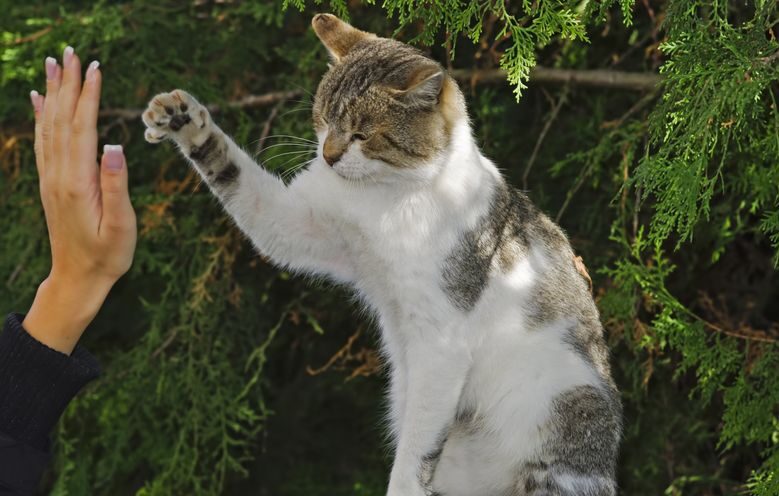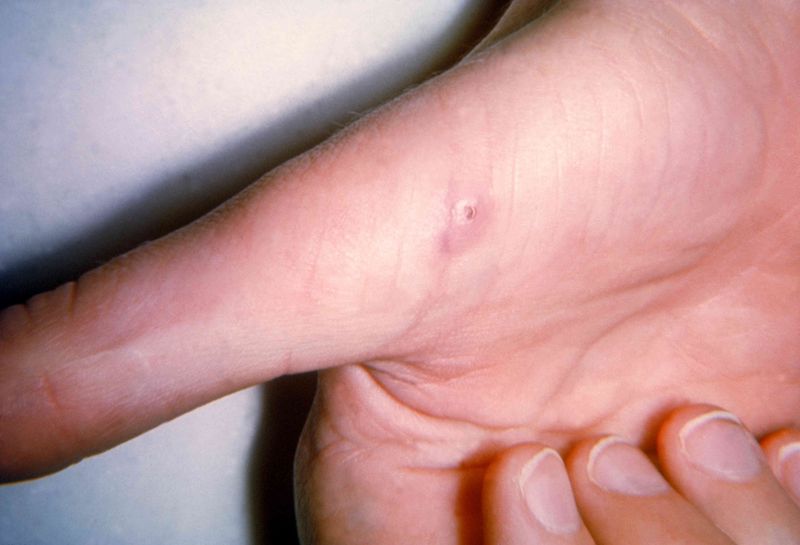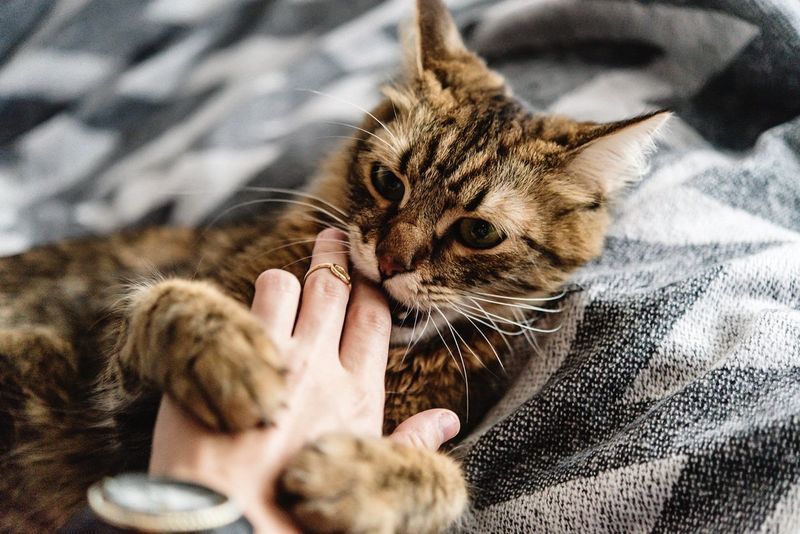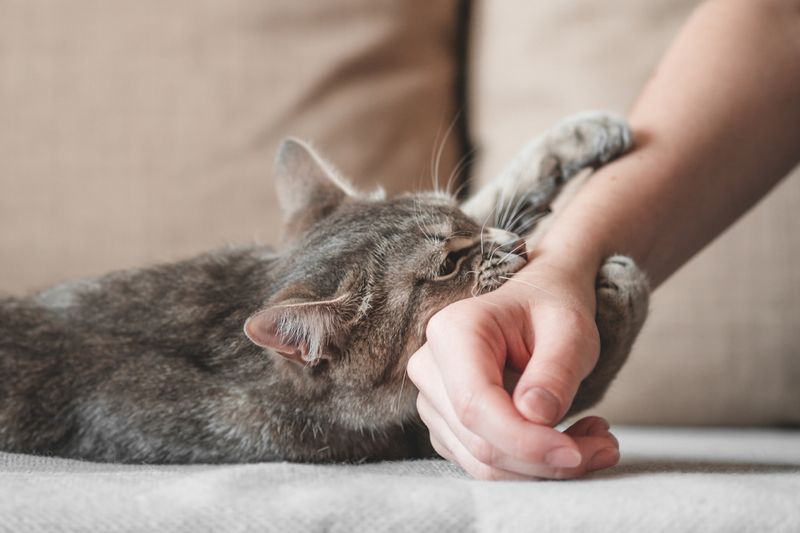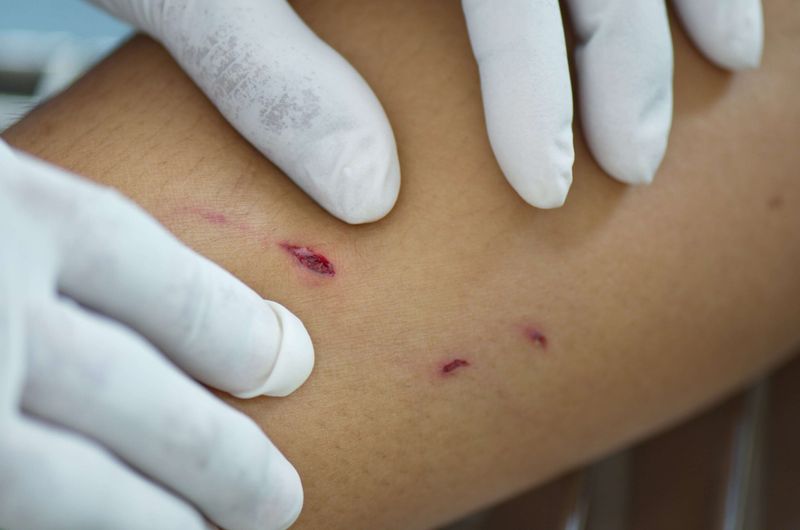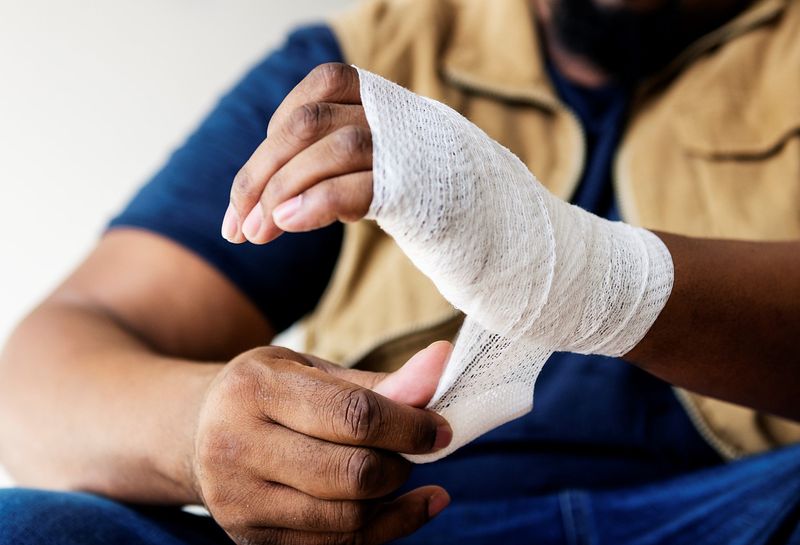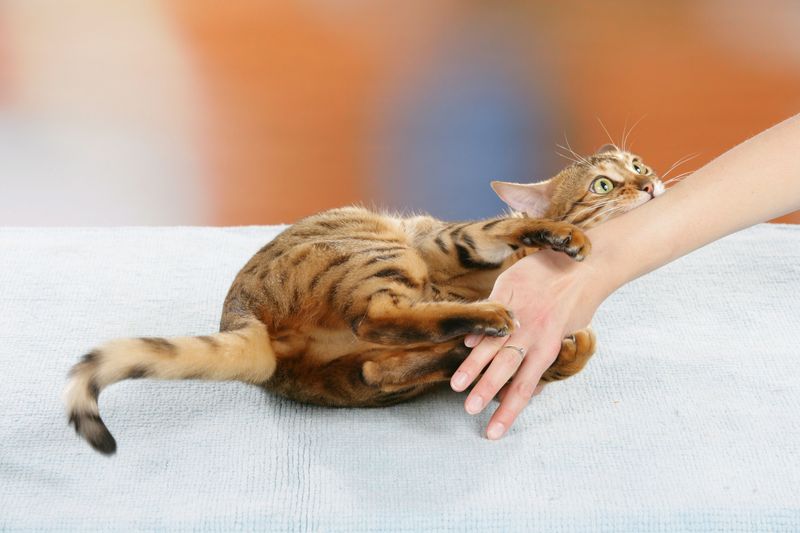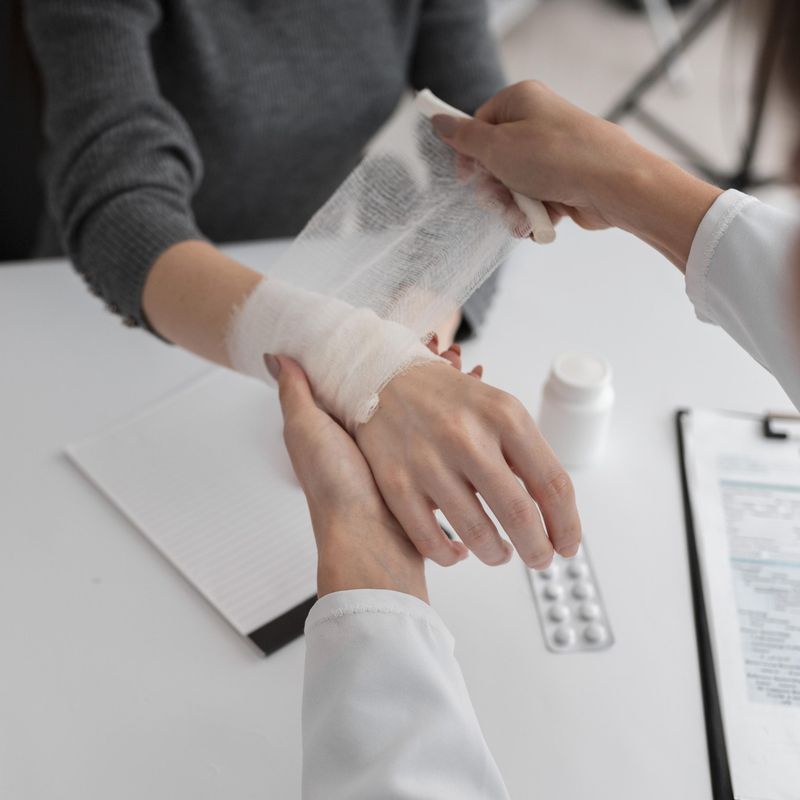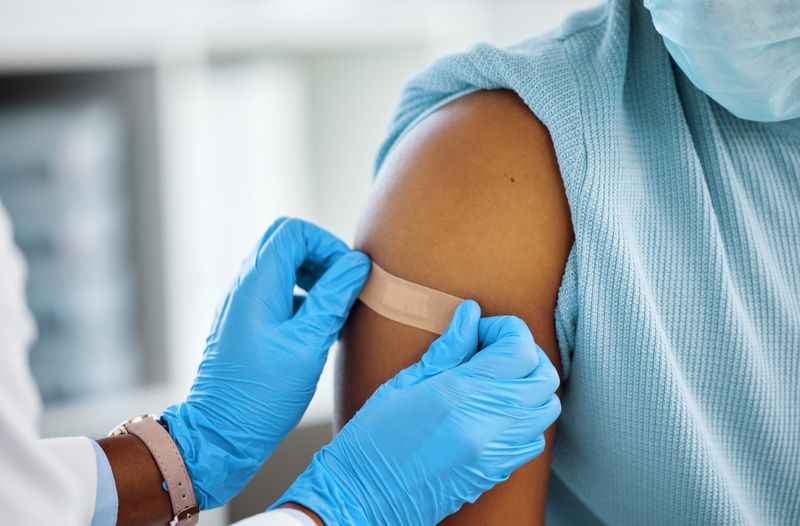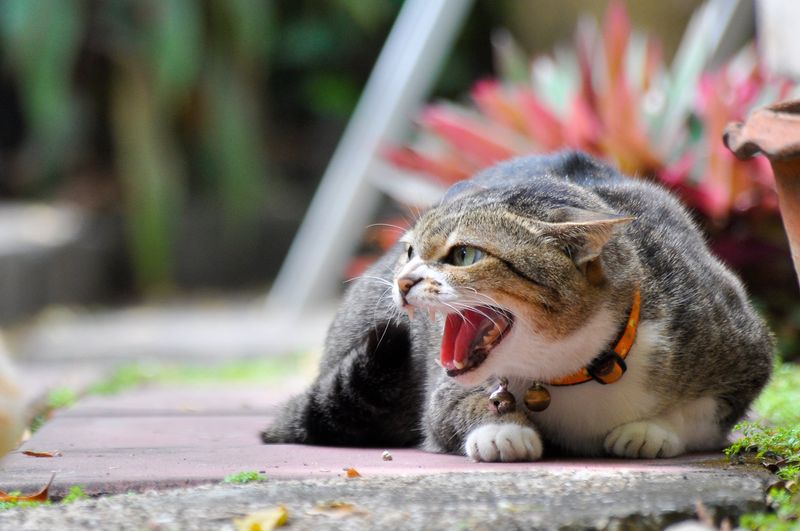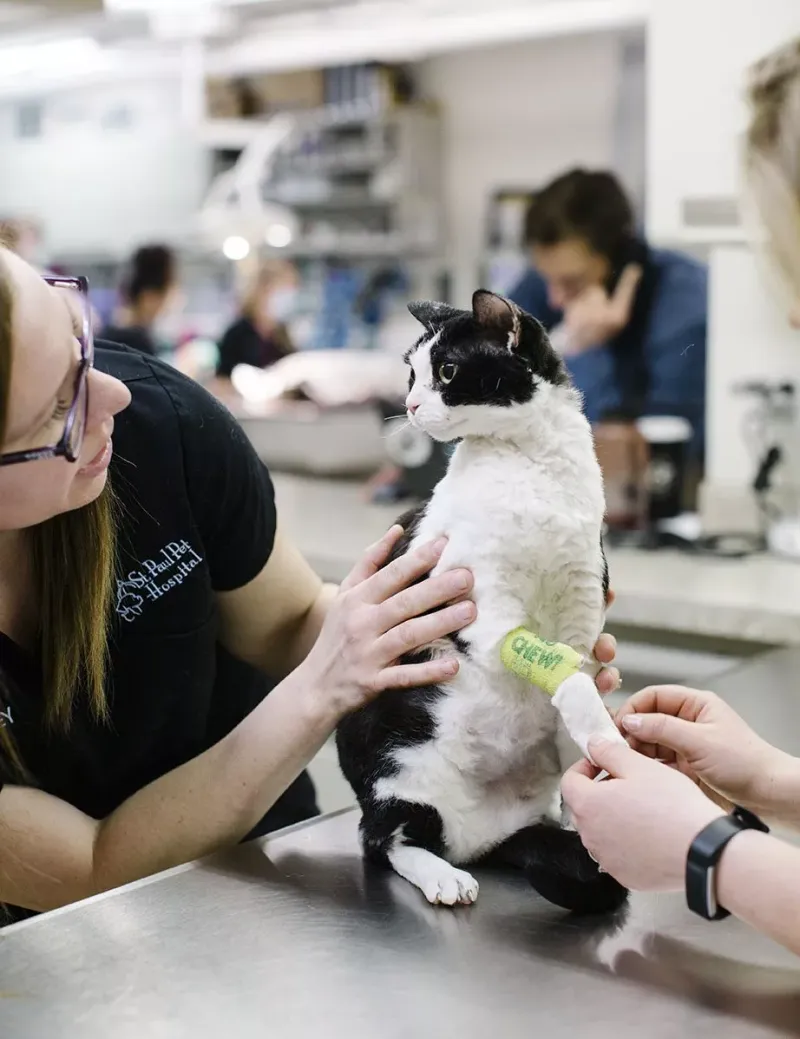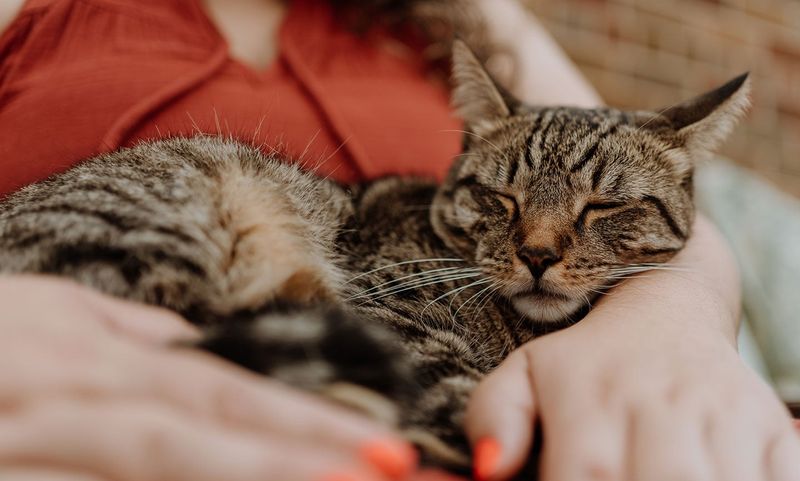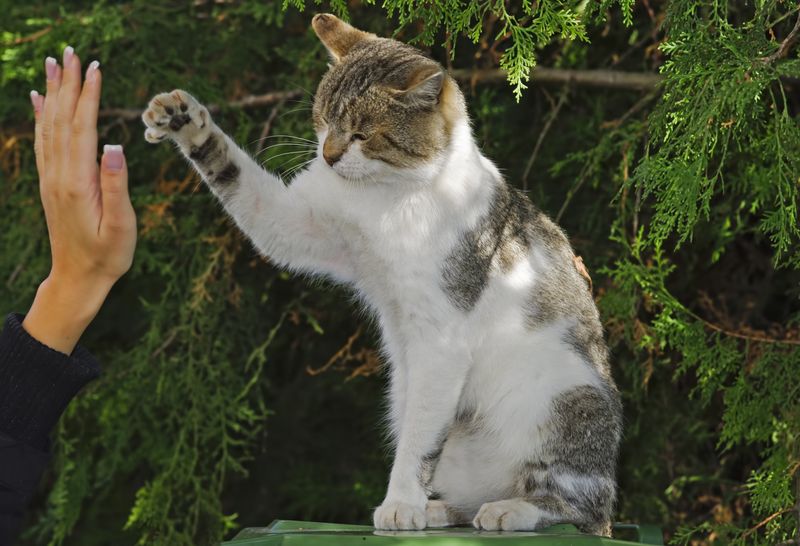📖 Table of Content:
- 1. Pause and Assess
- 2. Wash Your Hands
- 3. Cleanse the Wound
- 4. Disinfect Thoroughly
- 5. Control the Bleeding
- 6. Dry and Dress
- 7. Document the Incident
- 8. Monitor for Infection
- 9. Seek Medical Advice
- 10. Check Tetanus Status
- 11. Evaluate the Cat’s Behavior
- 12. Contact the Veterinarian
- 13. Follow Up with Your Doctor
- 14. Reflect and Learn
- 15. Plan Preventive Actions
Cat bites can be unsettling, but addressing them with care and precision is key to ensuring a swift recovery. By following a systematic approach, you can minimize complications and promote healing effectively. This guide walks you through every stage—from the initial assessment to implementing preventive measures. It is designed to simplify the process and ease your concerns during what might otherwise be a stressful situation.
Every step outlined in this guide offers practical, actionable advice in an engaging, conversational tone. You’ll discover how to evaluate the severity of the bite, properly cleanse and disinfect the wound, and monitor for any signs of infection. The instructions are detailed yet easy to understand, empowering you to take control of your care. With this resource, you can feel both informed and confident when managing a cat bite.
The guide also emphasizes preventive measures to help avoid future incidents and maintain a safer interaction with your feline companion. By incorporating strategies for both immediate wound care and long-term risk reduction, it provides a comprehensive plan for managing cat bites. Following these recommendations can foster a smoother recovery and contribute to better overall pet handling practices.
1. Pause and Assess
The first thing to do after a cat bite is to pause and assess the situation. Take a deep breath and remain calm. Examine the bite closely, noting its severity and if there is any immediate bleeding. This initial assessment will guide your next steps in treatment. Understanding the depth and location of the bite is crucial. Are you experiencing significant pain or discomfort? Is there a lot of blood? The answers to these questions will determine how urgently you need medical attention. Assessing the situation calmly helps in making informed decisions about care.
2. Wash Your Hands
Before attending to the bite, ensure your hands are thoroughly washed. Use warm water and soap, scrubbing all areas to remove any dirt or germs. Clean hands are vital to prevent further contamination of the wound. Even if you’re in a hurry, take a moment to wash properly. Germs from unwashed hands can exacerbate the risk of infection. Ensuring your hands are clean allows you to handle the wound safely, reducing the chances of introducing new bacteria.
3. Cleanse the Wound
Next, gently cleanse the wound with lukewarm water and mild soap. This step is crucial to flush out bacteria and reduce infection risk. Rinse the area thoroughly to remove any debris or saliva left by the cat. Using a soft touch is important to avoid aggravating the wound further. Spend a few minutes carefully washing the bite to ensure it’s as clean as possible. This process not only helps in immediate care but also sets the stage for faster healing.
4. Disinfect Thoroughly
After cleaning, apply an antiseptic solution to the wound. This step is vital to kill any bacteria that may remain. Ensure that the antiseptic covers all surfaces of the bite to provide thorough protection. Antiseptics are designed to prevent infection by eliminating harmful germs. Applying them properly helps in minimizing the risk of complications. Remember, thorough disinfection is a key preventive measure against infection.
5. Control the Bleeding
If the bite is bleeding, use a clean cloth or bandage to apply gentle pressure. This helps control the bleeding and promotes clotting. Hold the pressure for a few minutes until the bleeding subsides. Maintaining a calm demeanor while addressing the bleeding can make the process smoother. Gentle, steady pressure ensures that blood flow is minimized, allowing for clotting to take place naturally. This simple step is effective in managing minor bleeding.
6. Dry and Dress
Once bleeding is controlled, gently pat the wound dry with a sterile pad. Cover it with a fresh, sterile bandage to protect it from dirt and further injury. Dressing the wound is crucial for maintaining cleanliness. A well-dressed wound heals faster and reduces the risk of infection. Ensure the bandage is secure but not too tight, allowing for comfort and protection. This step is a simple yet effective way to ensure the wound stays clean as it begins to heal.
7. Document the Incident
Jot down important details about the bite incident. Include the time, location, and circumstances. Documenting these can be valuable for future reference. Recording what happened helps in understanding the context and preparing for any needed medical consultations. It provides a clear account should you need to explain the situation to a healthcare provider. This simple documentation can be instrumental in managing and understanding the incident.
8. Monitor for Infection
Keep a close eye on the wound for any signs of infection. Redness, swelling, or pus may indicate an infection. Monitoring these changes is essential to catch potential issues early. Regularly checking the wound ensures that any developing problems are addressed quickly. Being vigilant about changes in the wound’s appearance helps in early intervention. This proactive approach is crucial for effective wound management.
9. Seek Medical Advice
If the bite is deep or shows signs of infection, seek medical advice promptly. A healthcare professional can provide necessary treatment and guidance. Professional advice ensures proper care and helps in preventing complications. Don’t hesitate to consult a doctor if you’re unsure about the severity of the bite. Timely medical intervention is often crucial in managing deeper or infected wounds.
10. Check Tetanus Status
Review your tetanus vaccination history after a cat bite. If it’s been a while since your last booster, consider getting one. Tetanus is a serious concern for any deep or contaminated wounds. Ensuring your tetanus shots are up to date is a simple preventive step that can save you from severe complications. Keeping track of your immunization status is an important aspect of personal health management.
11. Evaluate the Cat’s Behavior
Take note of the cat’s behavior after the bite. Unusual actions or symptoms may indicate health issues like rabies. Observing the cat helps determine any potential risks it may pose. Understanding the cat’s condition is vital, as it can influence your own health decisions. Be particularly attentive to any erratic or aggressive behavior, which may warrant further investigation.
12. Contact the Veterinarian
If the biting cat is your pet, contact a veterinarian immediately to discuss the incident. A vet check can rule out any underlying illnesses and confirm that the cat’s health is not contributing to the behavior. Veterinary advice offers peace of mind while ensuring the well-being of both your pet and yourself. Keeping the vet informed is a responsible step toward managing the situation effectively, and it also helps establish a record that could be valuable in preventing future incidents.
13. Follow Up with Your Doctor
After receiving treatment for a cat bite, it’s essential to schedule a follow-up visit with your doctor to ensure the wound is healing properly. This appointment is crucial for managing any potential complications that may arise. Regular check-ins with healthcare providers offer reassurance and help address any lingering concerns. Monitoring your recovery closely with scheduled visits gives you the confidence that your healing process is on track. Maintaining consistent communication with your doctor enables early detection and management of any issues, such as signs of infection or adverse reactions.
14. Reflect and Learn
Once the immediate crisis has passed, it’s important to take some time to reflect on the incident. Analyzing what triggered the bite can provide valuable insights that may help prevent future occurrences. Consider any environmental or behavioral factors that may have contributed to the event. Reflecting on these details allows you to gain a better understanding of your cat’s behavior. Ultimately, this self-examination can serve as a learning experience for managing similar situations down the line. Looking into the specifics of the incident, ask yourself if there were any sudden changes in the surroundings or interactions that might have startled your pet. Perhaps the noise levels, unfamiliar visitors, or even an unexpected touch played a role in the response.
15. Plan Preventive Actions
Consider taking proactive steps to prevent future bites by exploring various preventive measures. Engaging in pet behavior training or adjusting your handling techniques can significantly reduce the risk of similar incidents. These approaches not only address immediate concerns but also build a foundation of mutual trust and respect between you and your pet. By identifying potential triggers and working to eliminate them, you set the stage for a more secure and predictable environment. Implementing safety measures can create a more protective space for both you and your pet. Tailored strategies, such as structured play sessions or calming techniques, can help alleviate stress and minimize aggressive reactions.
